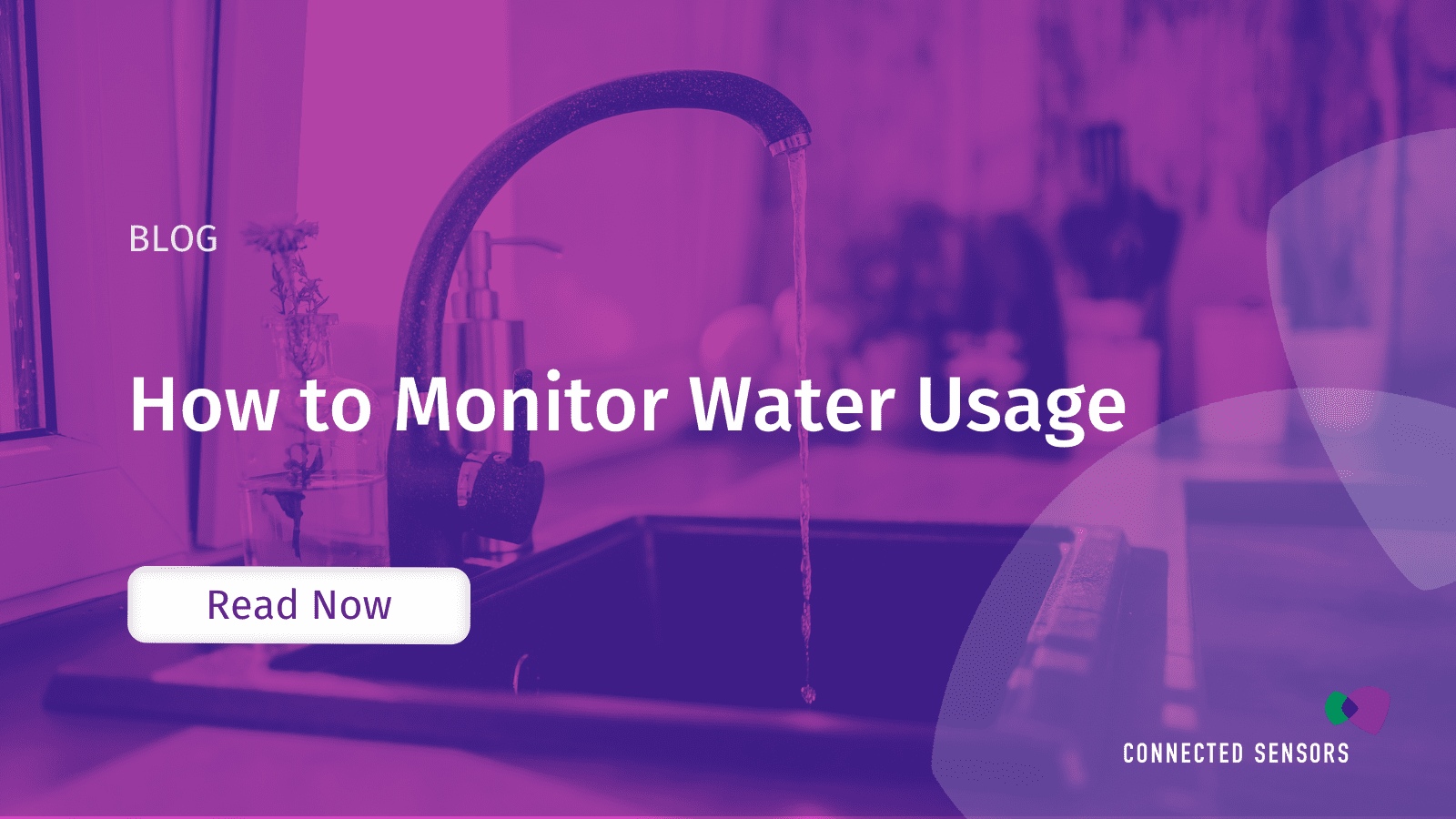





In the technology sphere, you may have heard the terms “data science” and “machine learning” along with AI as a new, exciting wave of technology that increases our understanding of patterns and data.
But what exactly do these terms mean, how are they influencing our future in tech, and how do they relate to water monitoring?
Keep reading to find out.
Data science is a field which utilizes processes and algorithms to extrapolate knowledge from large amounts of data, and apply this knowledge. A data scientist creates insights from data by using programming code and combining it with statistical knowledge.
Data science has its roots in statistics, and has grown to incorporate modern data needs to create an interdisciplinary field that encompasses data visualization, data sonification, data integration, business, and communication.
Data scientists are responsible for breaking down these large quantities of data into usable information. With this information, they are able to create software and algorithms that help companies and businesses in a variety of ways.
“Data science requires understanding of data in terms of its mathematical/statistical value, its structures and features, contextual application and the objectives for analysis,” says Shashi Hagroo, data scientist at Connected Sensors. “Integration of these factors gives a multi-dimensional understanding of the most meaningful data insights.”
Machine learning may sound like a complex term, but essentially it describes a function as you’d expect: developing methods that leverage data to ‘learn’ and improve performance. Machine learning is part of the field of Artificial Intelligence, and like data science, it has its roots in statistics.
Machine learning algorithms use models based on sample data, also known as training data, to learn how to make decisions or predictions. It is often used in fields where it is difficult to develop conventional algorithms.
Machine learning involves computers learning from data provided so they can carry out specific tasks. Machine learning results in programs that can perform tasks without being explicitly programmed to do so.
Both data science and machine learning, when used in business, have connections to artificial intelligence; machine learning came to be as part of the quest for artificial intelligence.
Artificial intelligence as a whole is defined as intelligence demonstrated by machines. In technology, this can cover areas from search engines to self-driving cars to automated decision making. The general goals of Artificial Intelligence study include reasoning, learning, planning, and knowledge representation.
Looking at the three fields, we can see many common threads: analysis, reasoning, visualization, learning, planning, all done through data.
In water flow monitoring, whether done at a point-of-use location or at a water meter, significant amounts of data are captured in the process. That data can tell you much more than just about how much water you’re using. It can tell you how that water is trending, and if that means you have a leak in your building. It can also tell you how your water use compares to your other buildings, or your neighbors. It can tell you how much money you could save by deploying retrofits.
“Connected Sensors use a combination of real-time data science techniques combined with industry knowledge and high quality technology to provide a holistic approach to water management systems,” Hagroo says. “The ever evolving and expanding world of data science, machine learning and AI gives us the tools to provide customers with enriched insights and practical understanding.”
Connected Sensors uses cutting edge data science, machine learning, and AI technology to empower our water monitoring solutions. With this technology, we are able to give you important information about your building’s water consumption and leak profile. For example, our Water Monkey analyzes your building’s water usage patterns to detect leaks and unusual water flow rates. The Water Monkey uses a combination of data science techniques to determine potential areas for concern, possible causes and help identify solutions that suit you.
To learn more about how Connected Sensors’ technology can help your building save water and save money, contact us today.
Disclaimer:
CS Products and the analysis of data is dependent on the historical data available, details of system specific components, maintenance records, and building specific plumbing systems. The combination of failures in multiple system components may result in a process of elimination solution.
Assessments and conclusions are subject to a preliminary evaluation by Connected Sensors to determine the viability and specific limitations depending on the building. The data analyses presented are based on estimations.
Specific layouts of building systems that are not detailed in appropriate drawings require detailed inspections, and feasibility must be determined during preliminary evaluation.
© 2023 All rights reserved